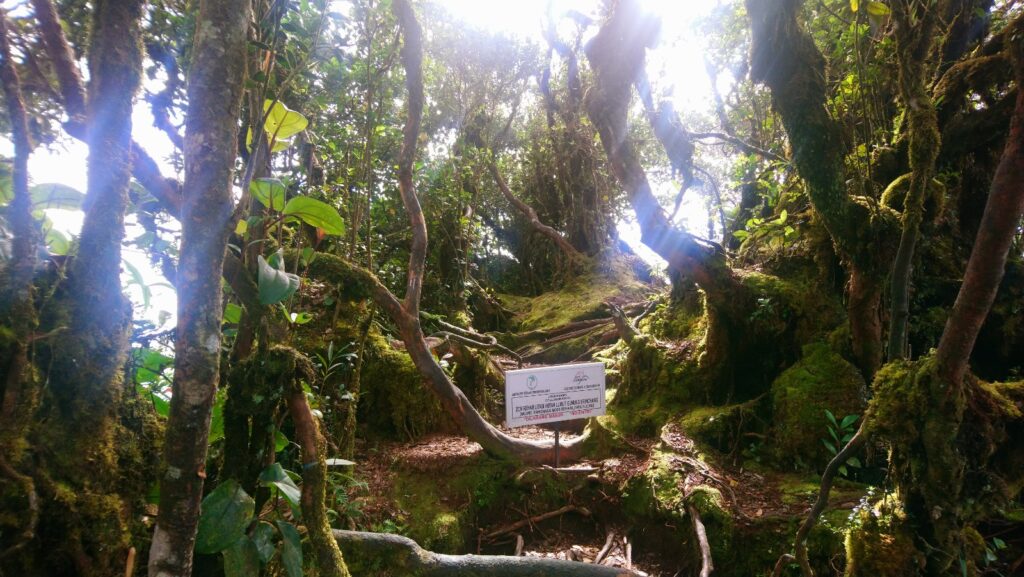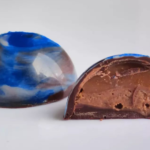The European Union has just approved new legislation that aims to tackle deforestation and forest degradation. Learn what it means for cacao producers and the chocolate industry.
What is the new EU regulation on deforestation and forest degradation?
In the coming 18 months, companies who import specific raw materials including coffee, cacao, lumber, soy, palm oil, cattle, or rubber and any materials derived from these will need to prove they weren’t sourced from land that was deforested after December 31, 2020. There will be penalties for those who don’t comply.
The new regulation should improve traceability, making it easier for chocolatiers and end users to know where their cacao is coming from and what impact it had on the environment.
While we can’t stop all deforestation in its tracks, the EU does represent quite a big market for these primary materials. The hope is that by reducing demand for irresponsibly sourced products, we can encourage producers and middlemen to be more sustainable. The regulation will set out areas that are considered low, medium and high risk and enact procedures based on these risk levels.
What is deforestation?
Deforestation refers to the practice of cutting down a virgin forest to make room for agriculture or other uses. The related concept of forest degradationrefers to when a forest still technically has trees, but offers little capacity for maintaining biodiversity or providing anything of use.
Damage to forests is a key contributor to climate change. It has a crippling impact on biodiversity and it threatens endangered species. The IUCN estimates that at least one hectare of tropical forest is lost every second to deforestation or forest degradation.
How does cacao contribute to deforestation?
Unfortunately, deforestation is often closely linked to cacao production..
Originally, cacao trees grew naturally in the shaded underlayer of the rainforest, but for cacao producers, it’s much more efficient to plant “artificial” cacao plantations with more cacao trees and less types of other trees. While this method yields a lot of cacao in the short term, it’s hard on the soil and it invites disease and pests. Farmers can only use these plantations for a few decades before they are no longer viable, at which point they must clearcut another area of forest to plant a new plantation.
Cacao-producing countries often take steps to protect their forests, but industry doesn’t always comply. A 2017 report by Mighty Earth found that between 2000 and 2014, cacao plantations were to blame for 2.5% of overall tree loss in Ghana. And researchers estimate that 40% of cacao from Côte d’Ivoire – responsible for the majority of the world’s chocolate production – comes from plantations that were illegally founded in national parks and other protected areas. This forest destruction has taken away the habitat for thousands of chimpanzees and elephants, reducing the number of elephants in Côte d’Ivoire to just several hundred.
The cacao harvested in these clearcut protected areas was sold to major players in the chocolate industry.
How can we grow more sustainable cacao?
The best alternative solution is agroforestry, in which other types of plants are planted together with the cacao trees. Agroforestry provides shade to mimic a cacao plant’s natural habitat, and it helps the soil stay fertile for longer. This type of agriculture can also combine cacao with other profitable raw materials such as spice and timber plantations in the same area and helps keep the soil fertile for longer.
Some producers take a different approach to cacao production. Instead of razing forest to insert a new plantation, they look for existing clusters of cacao trees and restore them. This opens up new opportunities for finding rarer cacao strains and producing a higher-quality, more original product with less degradation for the environment.
Paying farmers a living wage would also go a long way toward discouraging deforestation. Most farmers receive only a small fraction of the profit that comes out of a chocolate bar, keeping them in a cycle of poverty. In an interview with Confectionary News, the president of the World Chocolate Foundation noted that farmers who struggle to make ends meet may be more inclined to venture into protected forest areas to increase their income.
What are the problems with the EU deforestation regulation?
There are several problems with the new legislation. For one, it targets deforestation but not other, similar problems such as damage to savannahs. The EU has pledged to assess these expansions, but that process might take years, and in the meantime producers might simply move from deforesting to destroying savannahs when looking for new land to plant crops. Additionally, the law barely covers human rights, which many would argue are inextricably entwined with raw material production.
Although they will enjoy a longer adaptation period, smaller producers also worry that they won’t have the resources to undergo the whole certification process. In theory, larger companies might be able to find loopholes or hire expensive lawyers to get certified, and smaller producers might get left behind.
Finally, as it's up to each European country to set their own penalties and carry out checks, there’s always the risk that some states may be more stringent than others. The minimum required fine will be 4% of a company’s annual turnover, but big companies have deeper pockets to pay fines and continue producing.
The idea behind the regulation is certainly encouraging, and it’s exciting to see more emphasis being placed on traceability. We can’t bring back forests that are already clearcut – and the regulation only goes back to 2020, so it still lets lots of big producers off the hook for damage they’ve already done.
What can I do to find deforestation-free chocolate?
Until the new laws come into force, we can try to find deforestation-free products by supporting smaller brands who are more transparent about the origins of their cocoa.
Anyone who benefits from products that originate in deforested areas has a responsibility to look for responsible sourcing. But as a consumer, it’s not always easy to know which chocolate comes from fair sources. With chocolate demand always increasing, farmers face a lot of pressure to produce bigger amounts at any cost.
Cacao is usually grown by small farmers, who sell it to a middleman, who then supplies it to a multinational conglomerate. All of these steps obscure the true origin of the cacao. As The Chocolate Journalistpoints out, you can be fairly sure that if chocolate is cheap, the farmer wasn’t paid a fair wage.
Most of the big players in the chocolate industry are getting at least some of their cacao from unethical sources. Major companies took a pledge in 2017 to fight back against deforestation, but a report by Mighty Earth found that it’s had virtually no effect.
Consider looking for smaller labels, and looking for proof of current initiatives instead of pledges to get better in the future. A good way to get started is with the annual Chocolate Scorecard , which ranks major chocolate brands on several ethical measures including deforestation and child labour.
Danielle Pacheco Chocolatier sources its chocolate couverture from Michel Cluizel, a relatively small French bean-to-bar company that works closely with farmers to ensure fair, sustainable practices and avoids other deforestation-linked ingredients like palm and soy.




